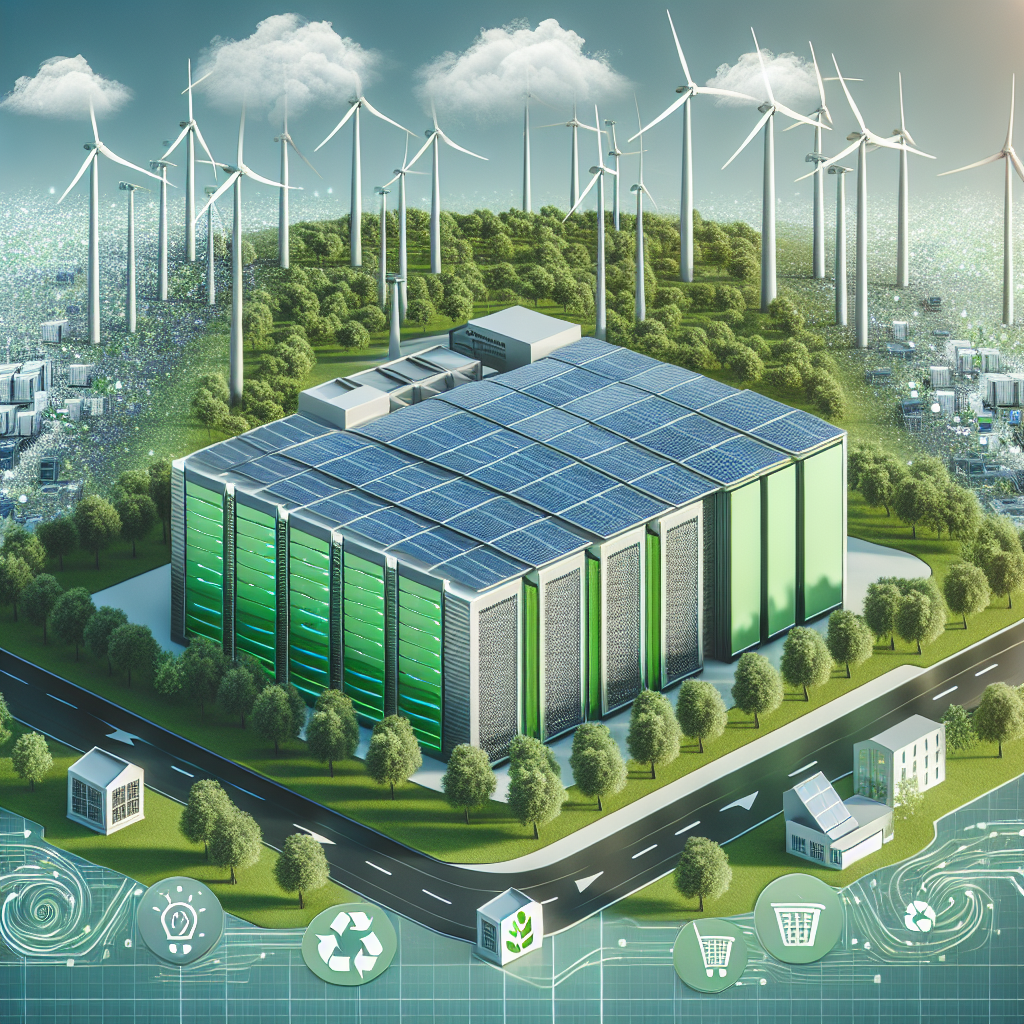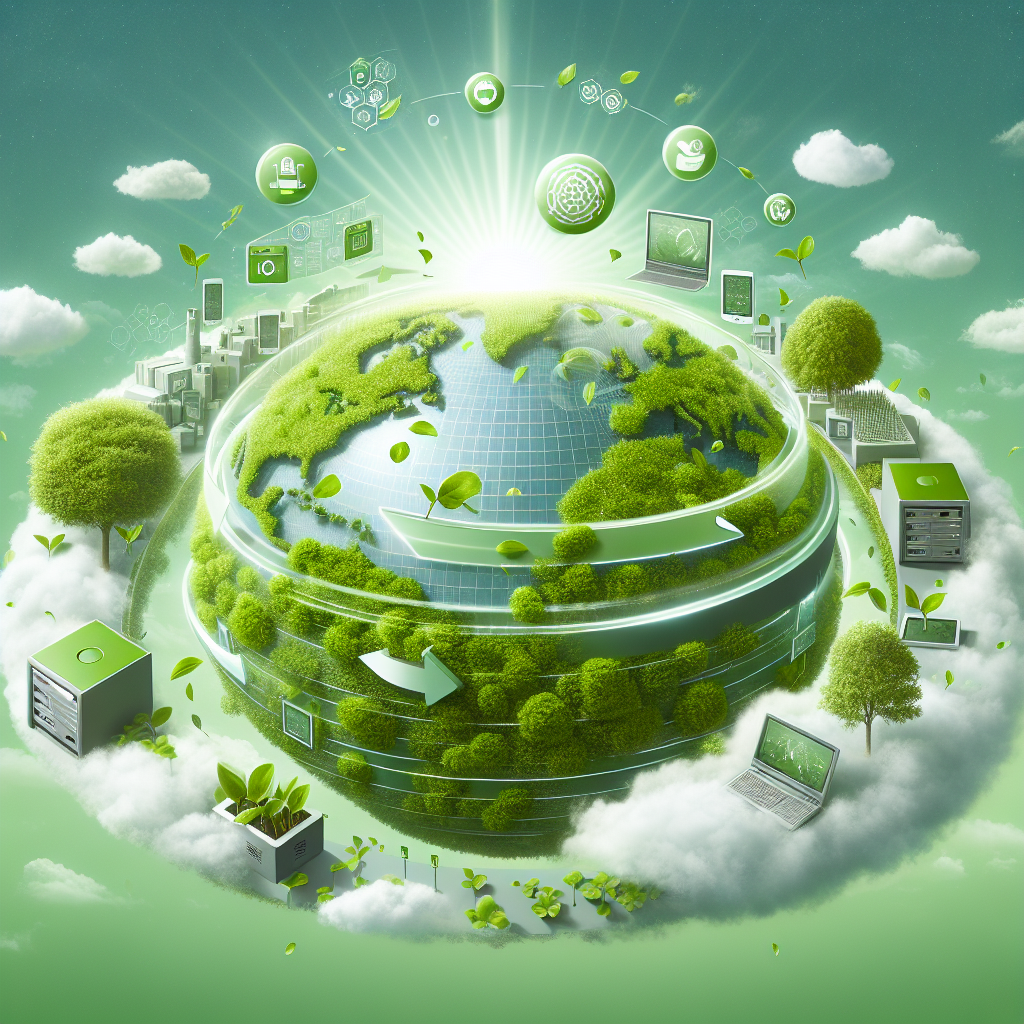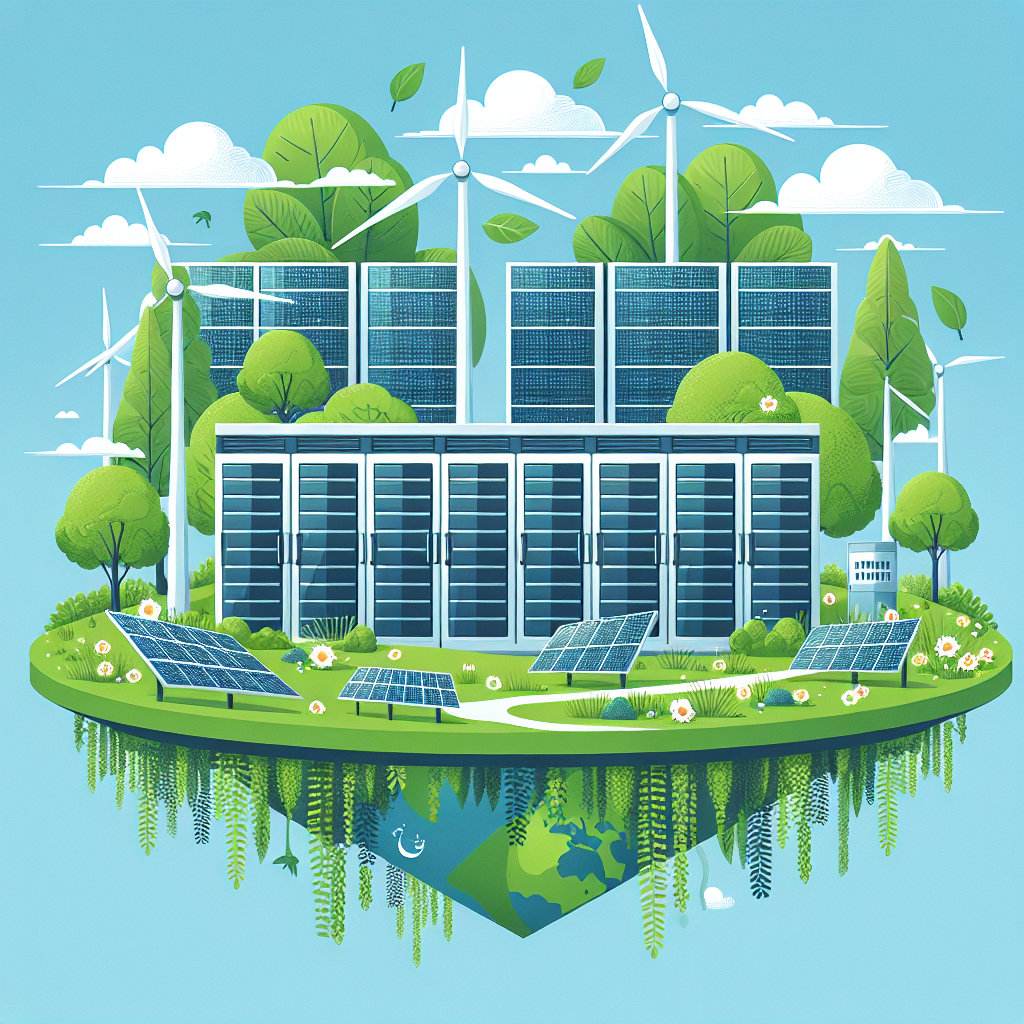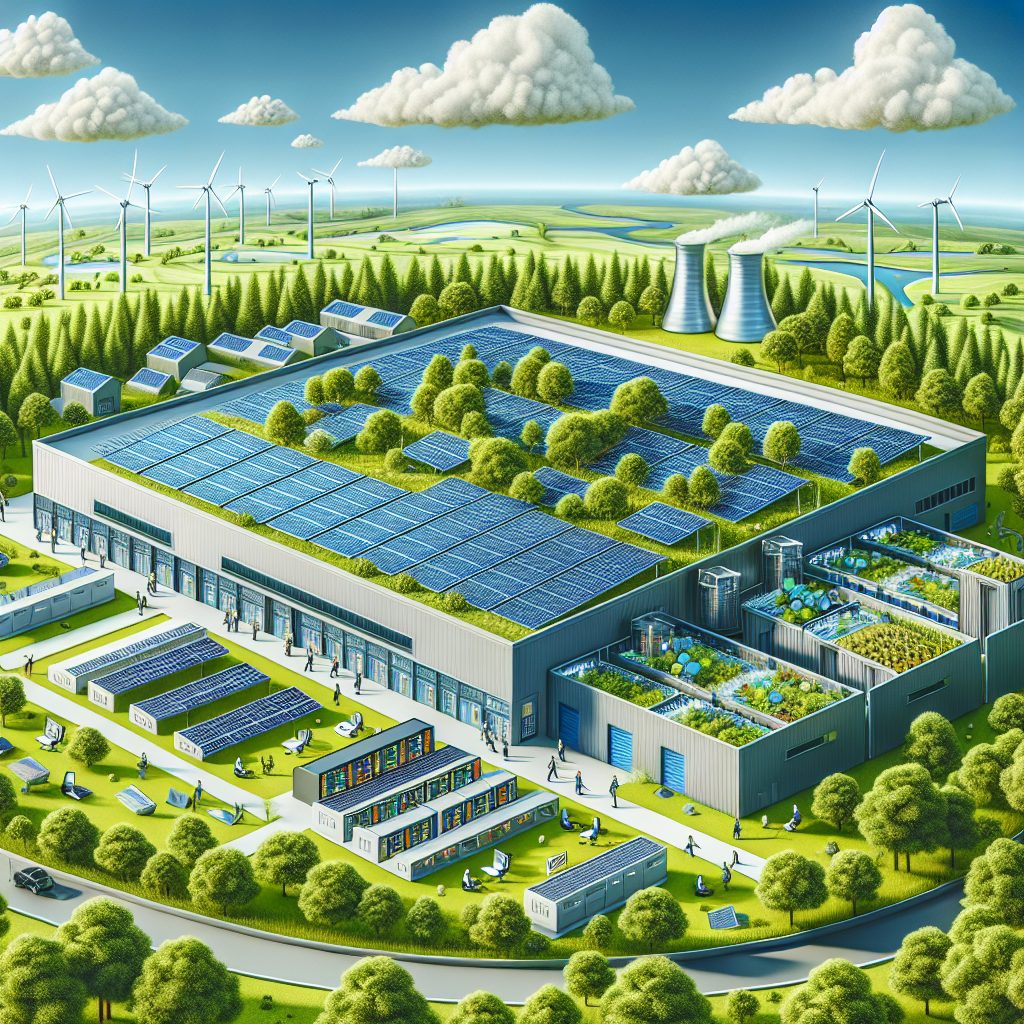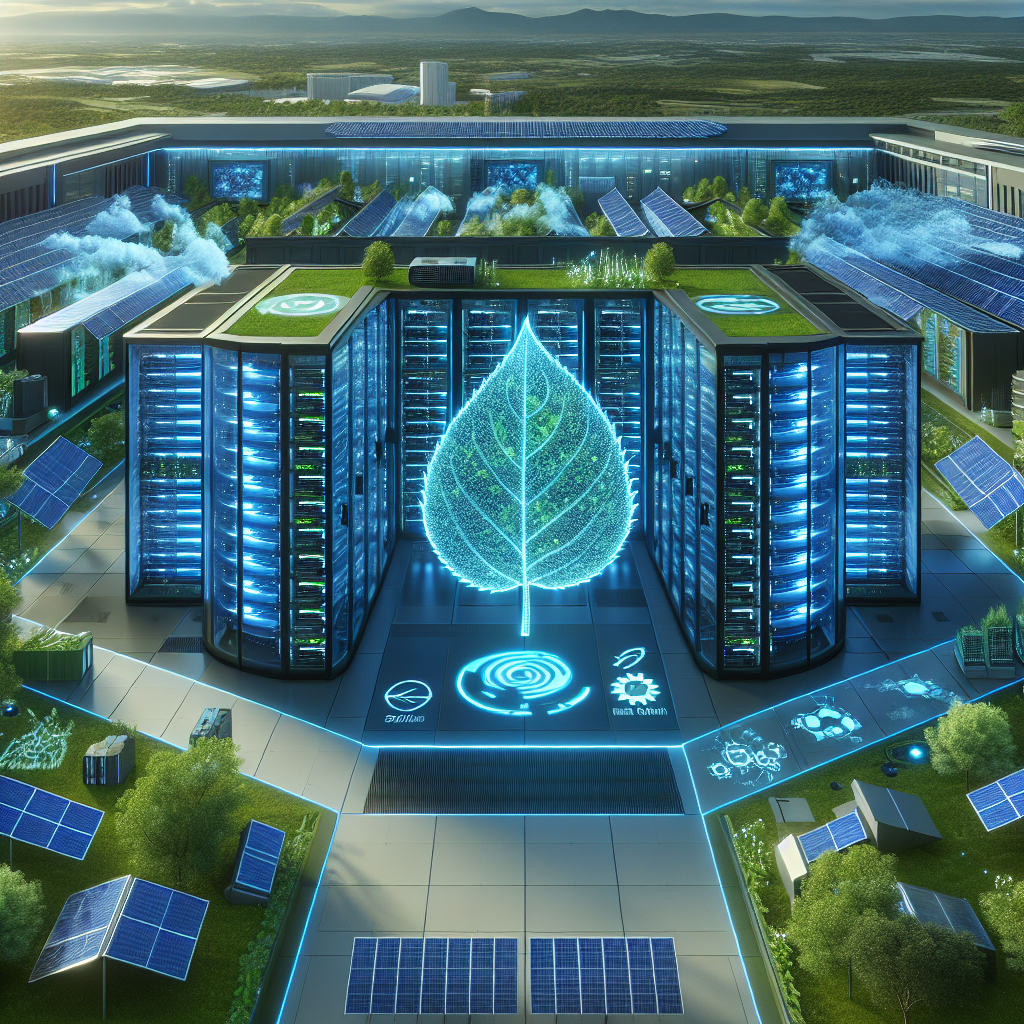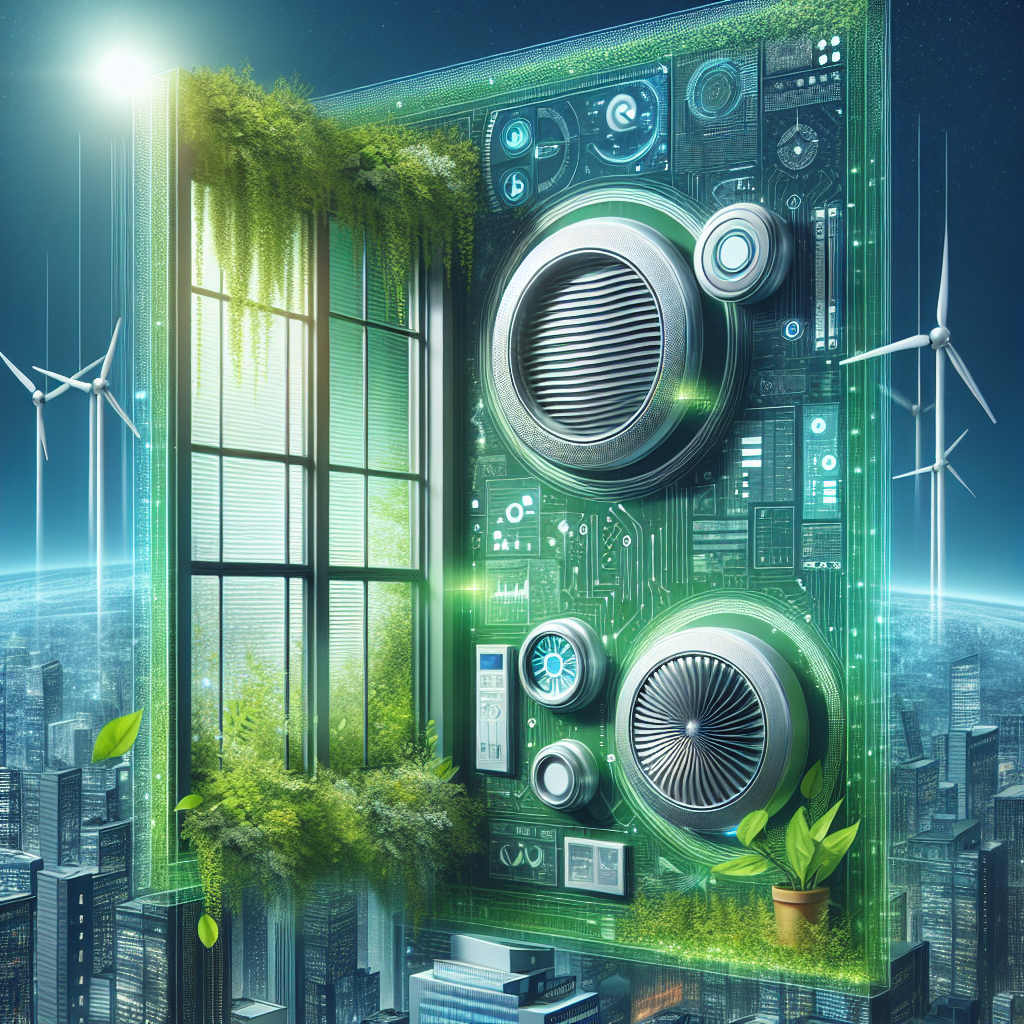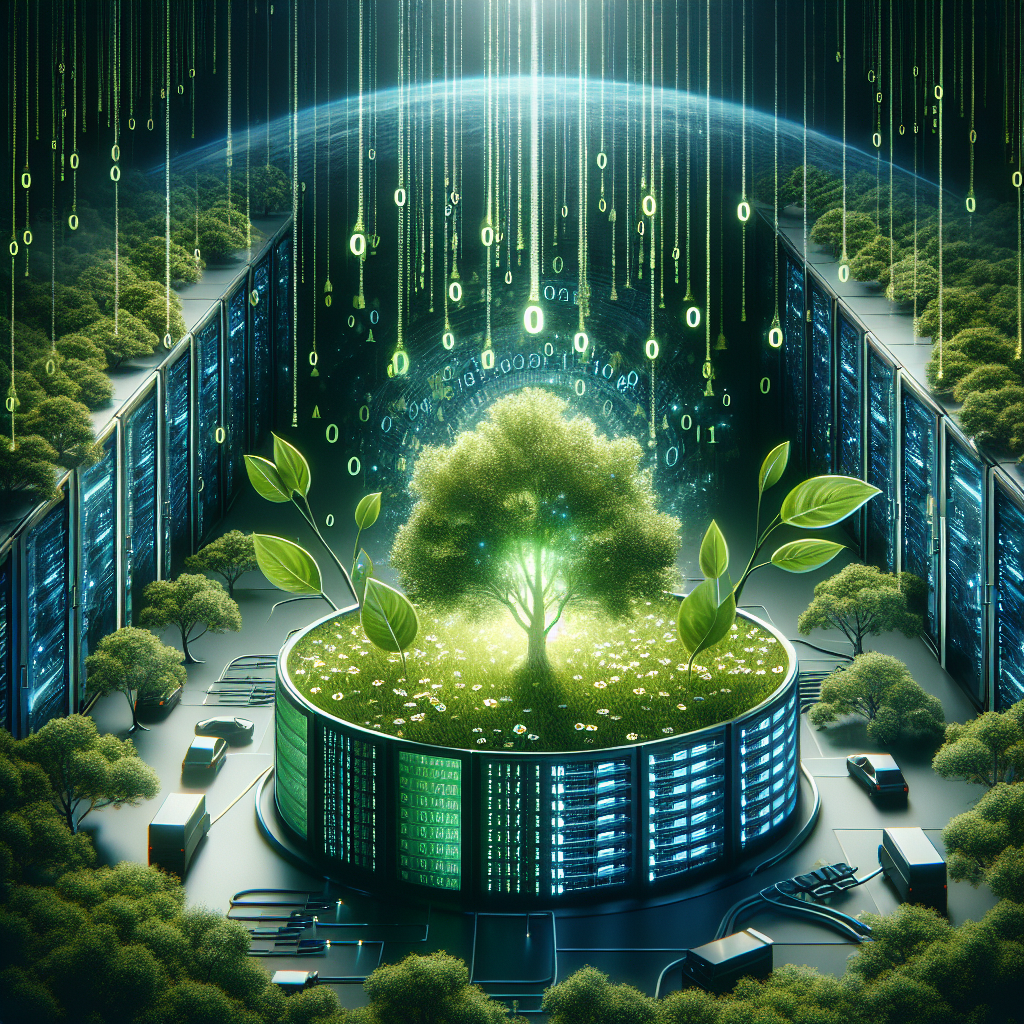In today’s digital age, data centers play a crucial role in storing, processing, and managing the vast amount of information generated by individuals and businesses. However, the environmental impact of these data centers cannot be overlooked. With the increasing demand for data storage and processing power, data centers have become significant consumers of energy and producers of carbon emissions.
In response to growing concerns about the environmental impact of data centers, the concept of sustainable data centers has emerged as a solution to reduce the carbon footprint of these facilities. Sustainable data centers are designed to minimize energy consumption, use renewable energy sources, and reduce waste to create a more environmentally-friendly and efficient operation.
One of the key strategies in building a greener future for data centers is the use of energy-efficient technologies. Data centers consume a significant amount of electricity to power servers, cooling systems, and other equipment. By implementing energy-efficient technologies such as virtualization, power management software, and energy-efficient hardware, data centers can significantly reduce their energy consumption and lower their carbon emissions.
In addition to energy efficiency, sustainable data centers also focus on using renewable energy sources to power their operations. Solar, wind, and hydroelectric power are increasingly being used to generate electricity for data centers, reducing their reliance on fossil fuels and lowering their carbon footprint. By investing in renewable energy sources, data centers can not only reduce their environmental impact but also contribute to the transition to a more sustainable energy system.
Another important aspect of sustainable data centers is the efficient use of water resources. Data centers require large amounts of water for cooling systems and other processes. By implementing water-saving technologies such as free cooling systems, water recycling, and rainwater harvesting, data centers can reduce their water consumption and minimize their impact on local water resources.
Furthermore, sustainable data centers also focus on reducing waste and promoting recycling. E-waste, such as outdated servers and other equipment, can have a significant impact on the environment if not properly disposed of. By implementing recycling programs and working with certified e-waste recyclers, data centers can ensure that their electronic waste is responsibly recycled and does not end up in landfills or pollute the environment.
Overall, the evolution of sustainable data centers is essential in building a greener future for the digital infrastructure that powers our modern world. By implementing energy-efficient technologies, using renewable energy sources, conserving water, and reducing waste, data centers can significantly reduce their environmental impact and contribute to a more sustainable future. As the demand for data storage and processing continues to grow, it is crucial that data centers prioritize sustainability and work towards building a more environmentally-friendly operation.
